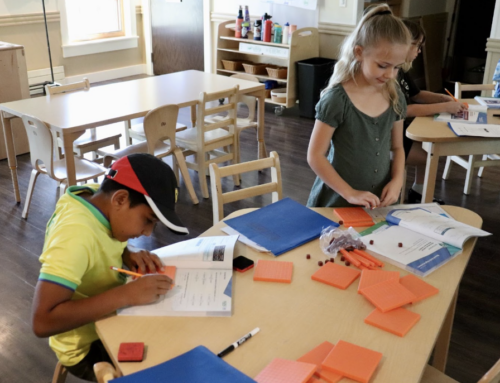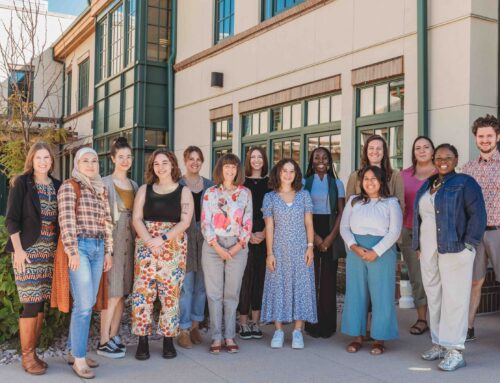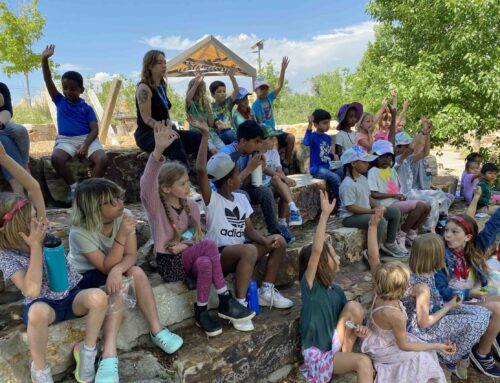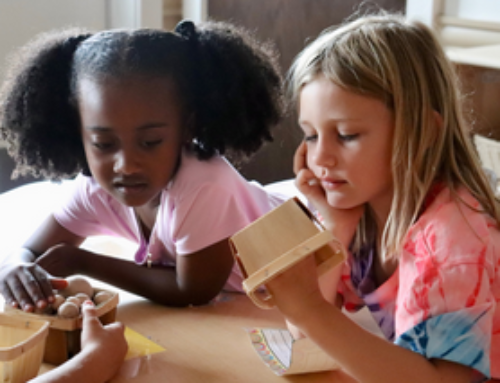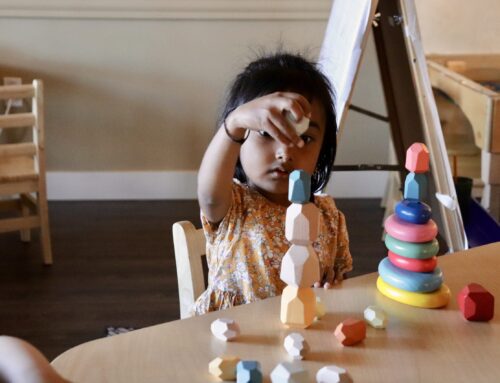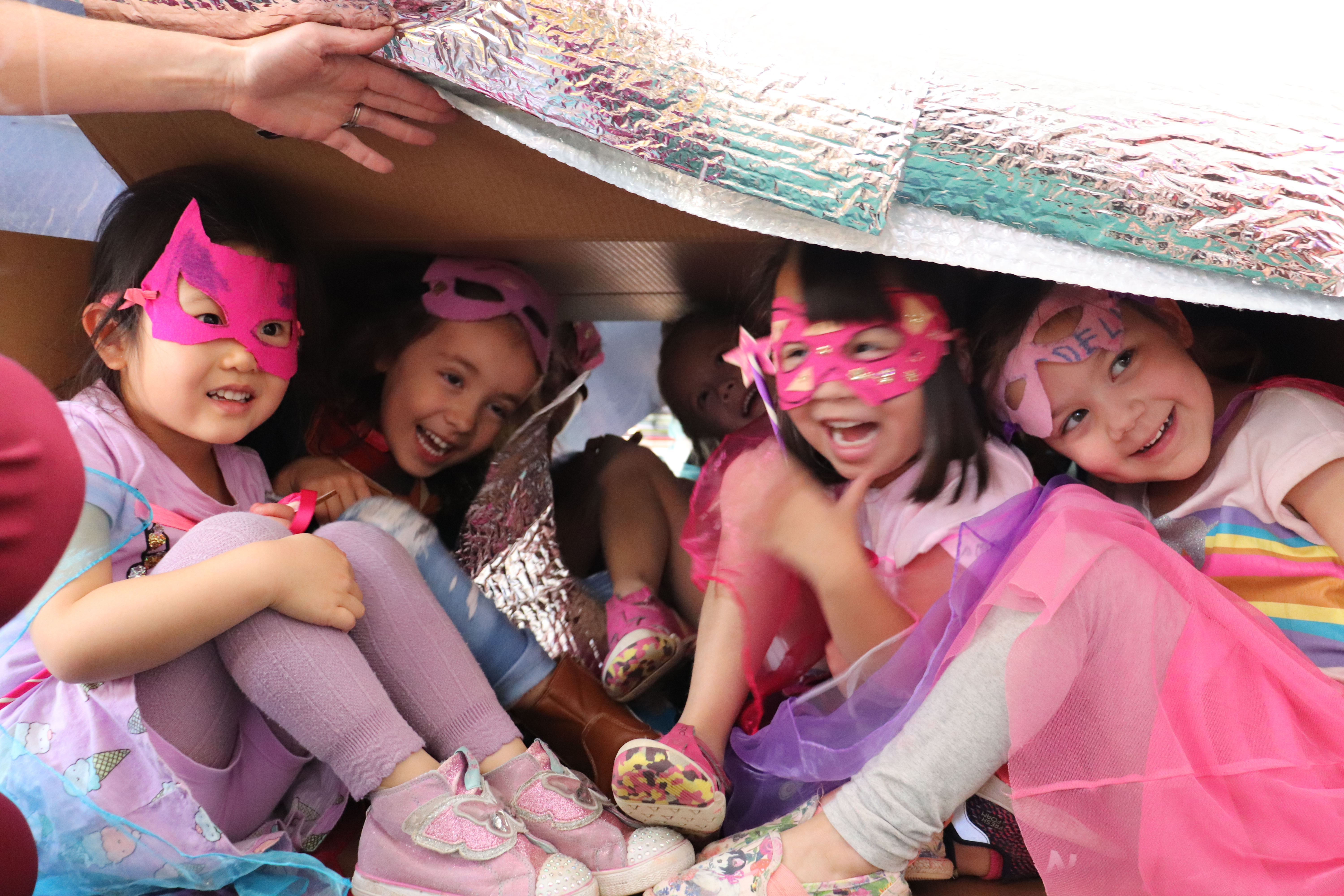
Hello everyone!
It’s difficult to believe we are already into October. The year has been flying by, and we are just finishing our first inquiry arcs. Students in our 3-4 year old classrooms did a study of self. In true inquiry fashion, each class took this in a different direction, and their engagement can be seen in their creations, which are currently displayed all over the school.
One of our classrooms, the Lily class, focused deeply on what traits they want to cultivate the most, and the group landed on kindness as being the most important. They investigated what the word means and how it looks on a daily basis. Teachers took pictures and videos of students as they shared their ideas of what it means to be kind. They created a wall of kindness where they took time each day to give examples of their classmates being kind to one another.
To culminate the study, students are painting rocks and writing messages of kindness on them. They are then placing the rocks in different areas of our surrounding neighborhood, hoping to spread their messages of kindness to the community at large. Because we are a workplace-based school and most families work nearby, students are thrilled to think that a family member might find one of their rocks. And they are equally excited at the prospect of a stranger finding the message, in the hopes of passing along some kindness.
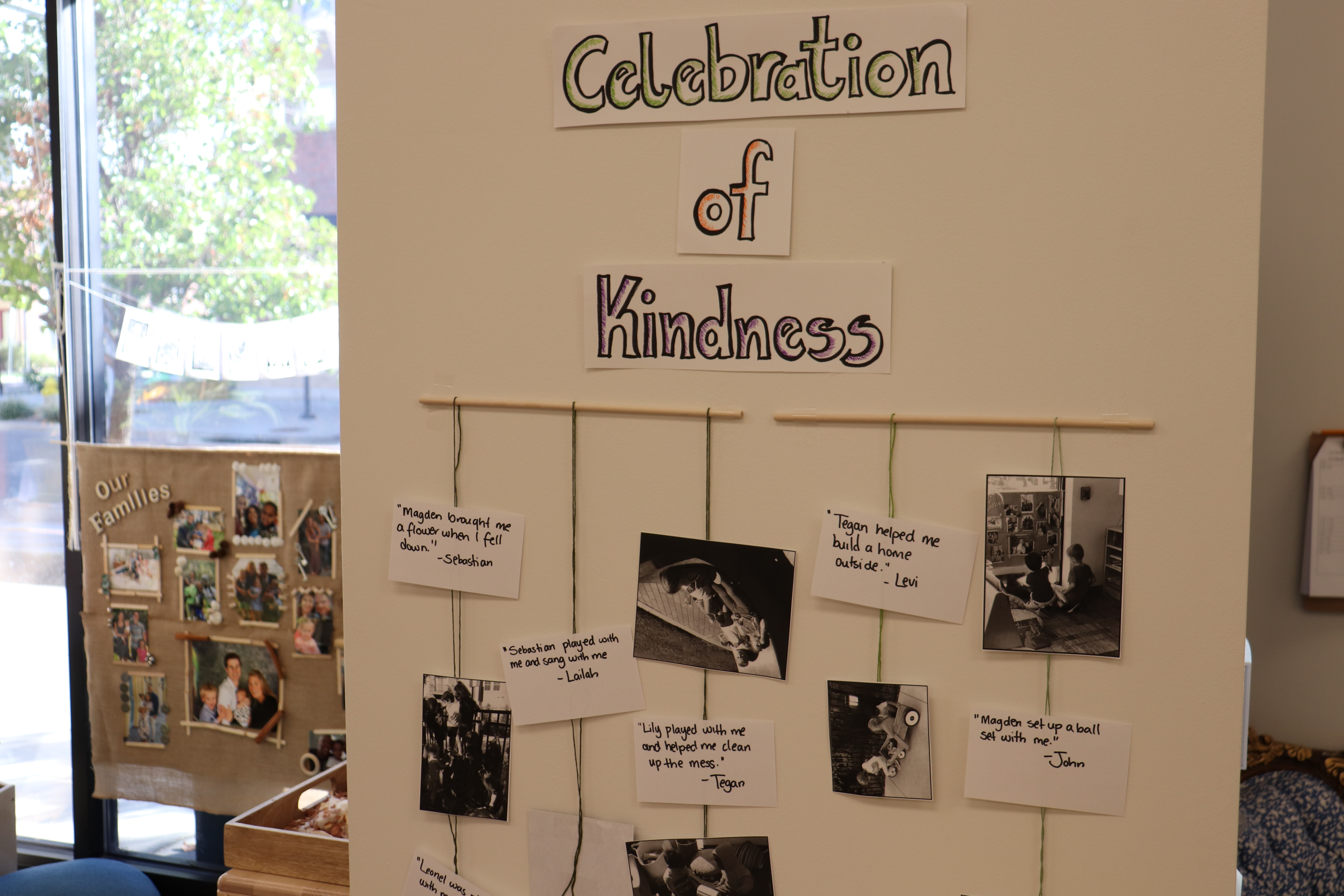
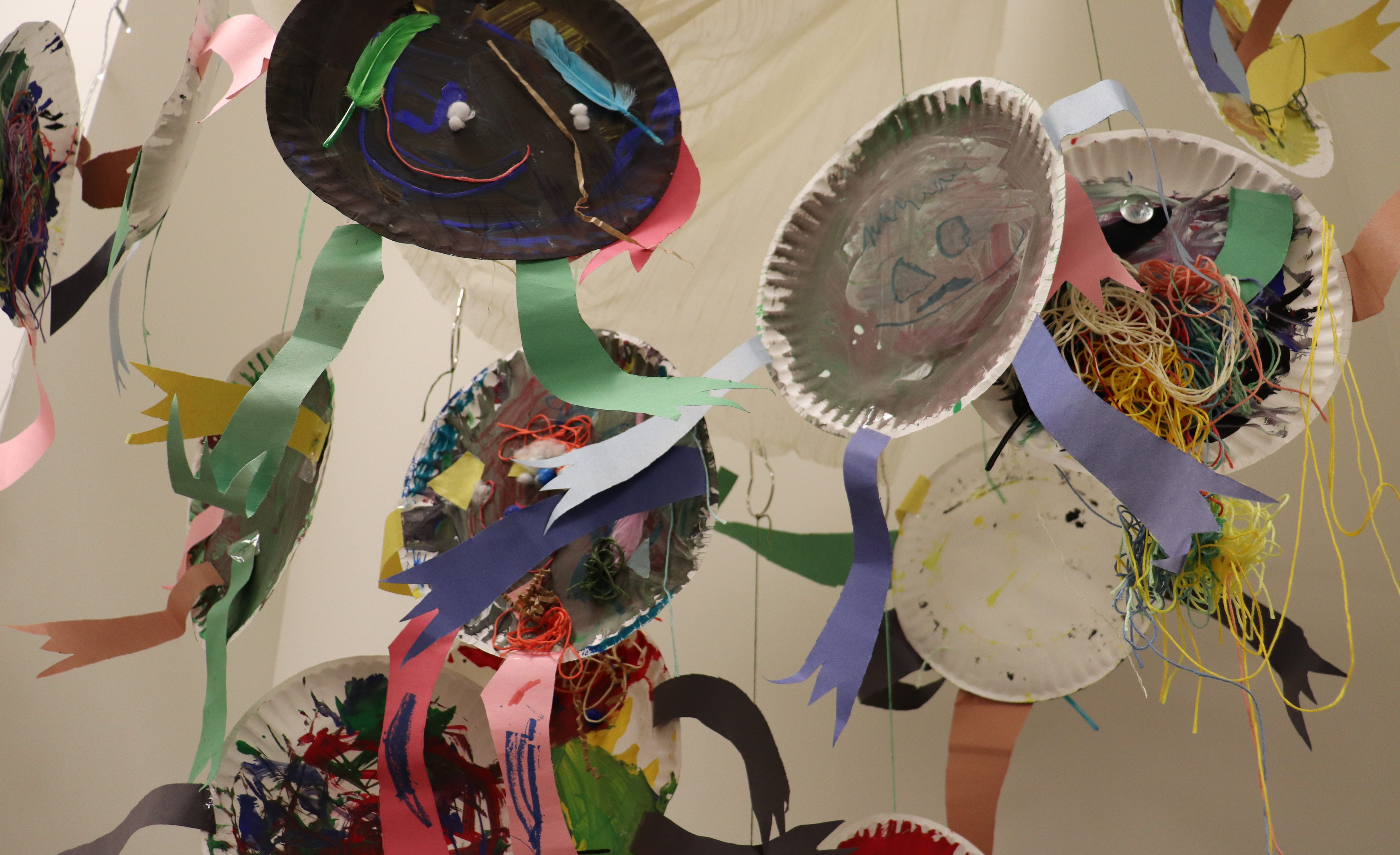
Our other 3-4 class, the Hollyhock class, explored the idea of emotions. First they read the book, Anh’s Anger, which tells the story of a boy whose anger appears to him as a monster. As he grapples with his feelings, he begins to understand how to recognize his emotions and sit with them without letting them take over.
After reading the book, students created their own emotion monsters, exploring how different colors and shapes represented their emotions. Teachers then led them through a story drama, where they explored how to recognize their emotions, sit (and even play and dance!) with them, and then let them go.
Finally, our kindergarten class, the Iris classroom, focused their arc on community superheroes. They investigated what it means to be a superhero and explored their own superhero powers. Teachers interviewed them individually so they could share their powers proudly, and they worked as a group to interview several heroes in our larger community.
Each student created a superhero jar, and their classmates and teachers wrote notes for their jars giving them special superhero powers. For instance, one student was having a hard time with drop-off in the morning, so she received the superpower of courage, and this helped her feel strong each morning.
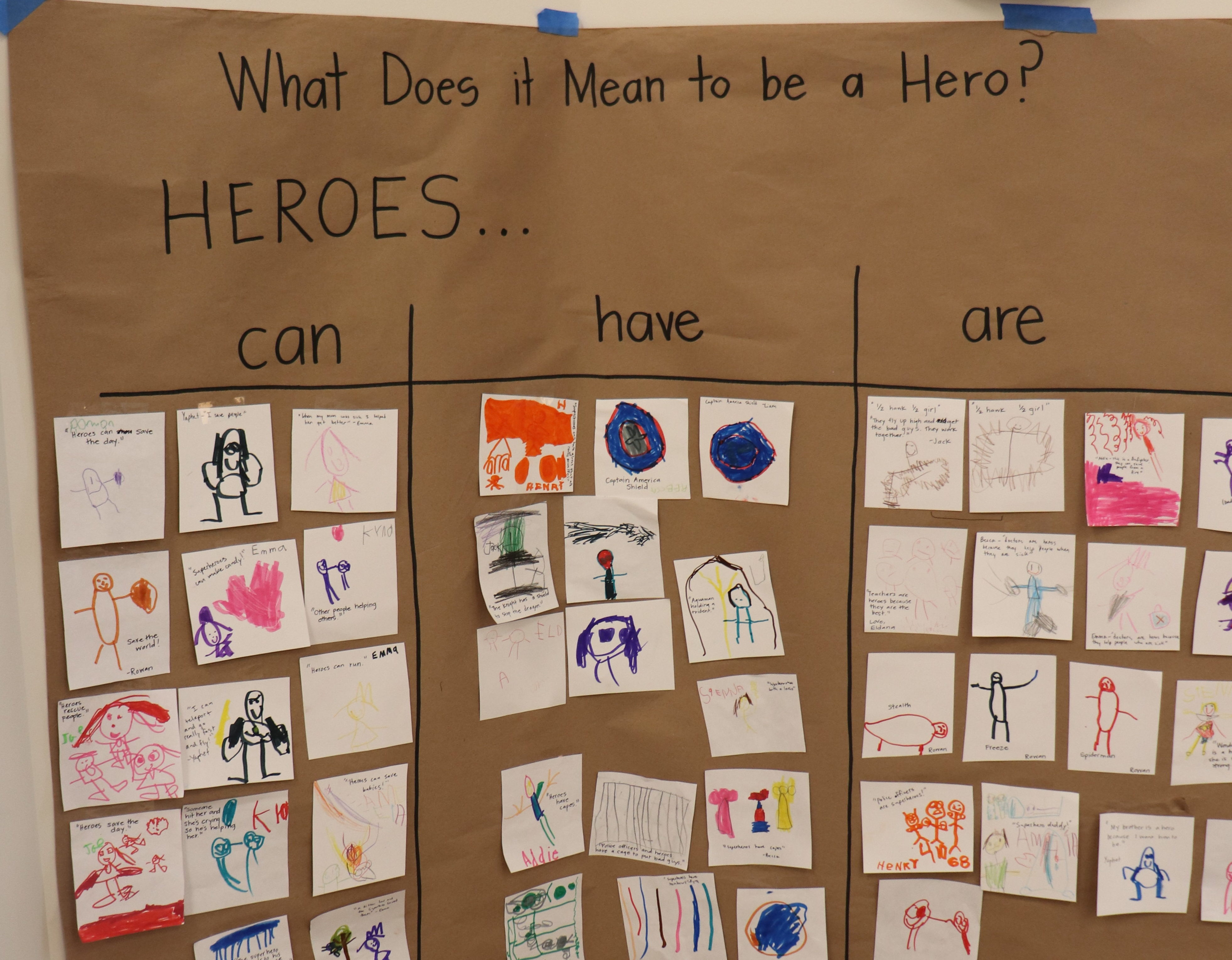
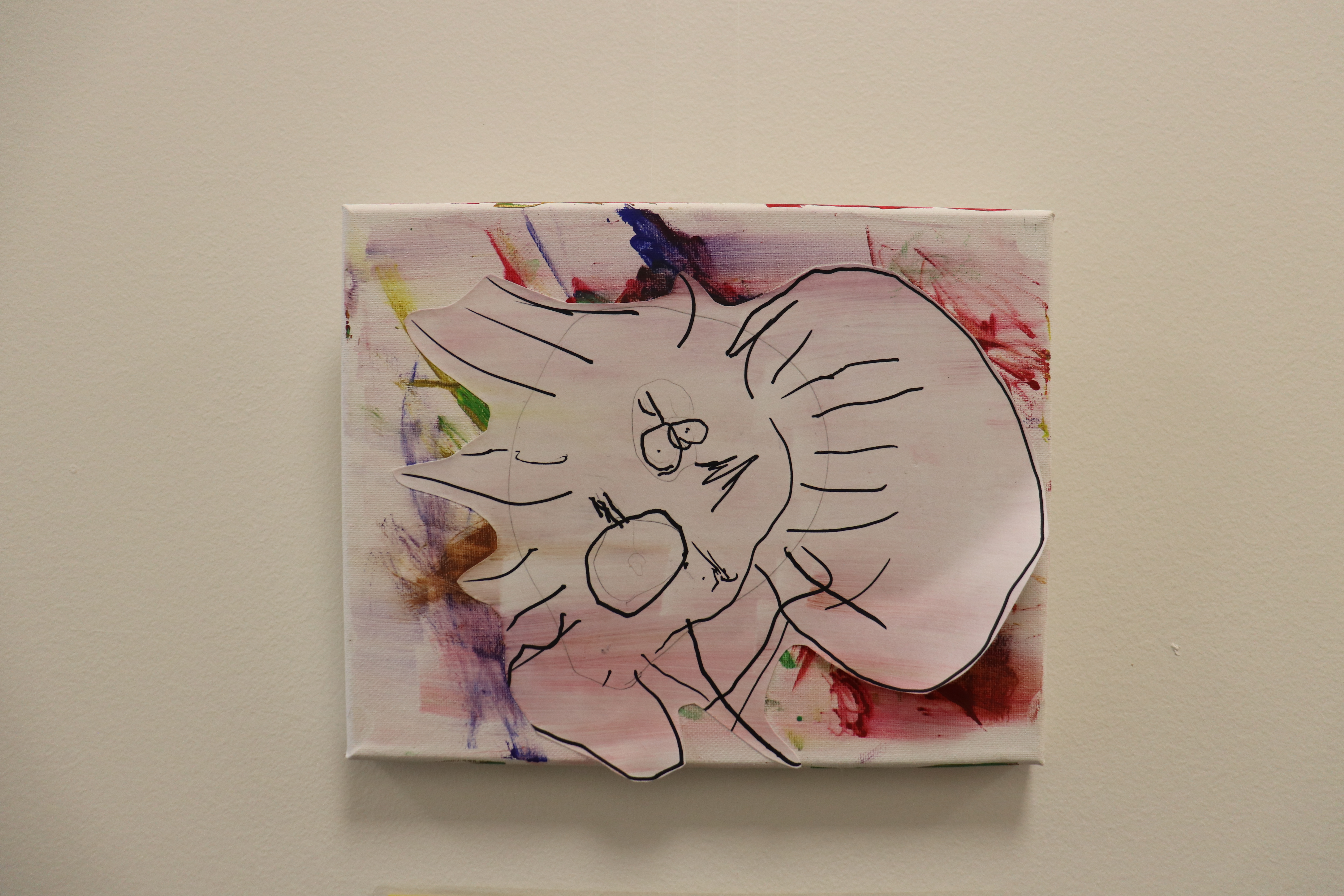
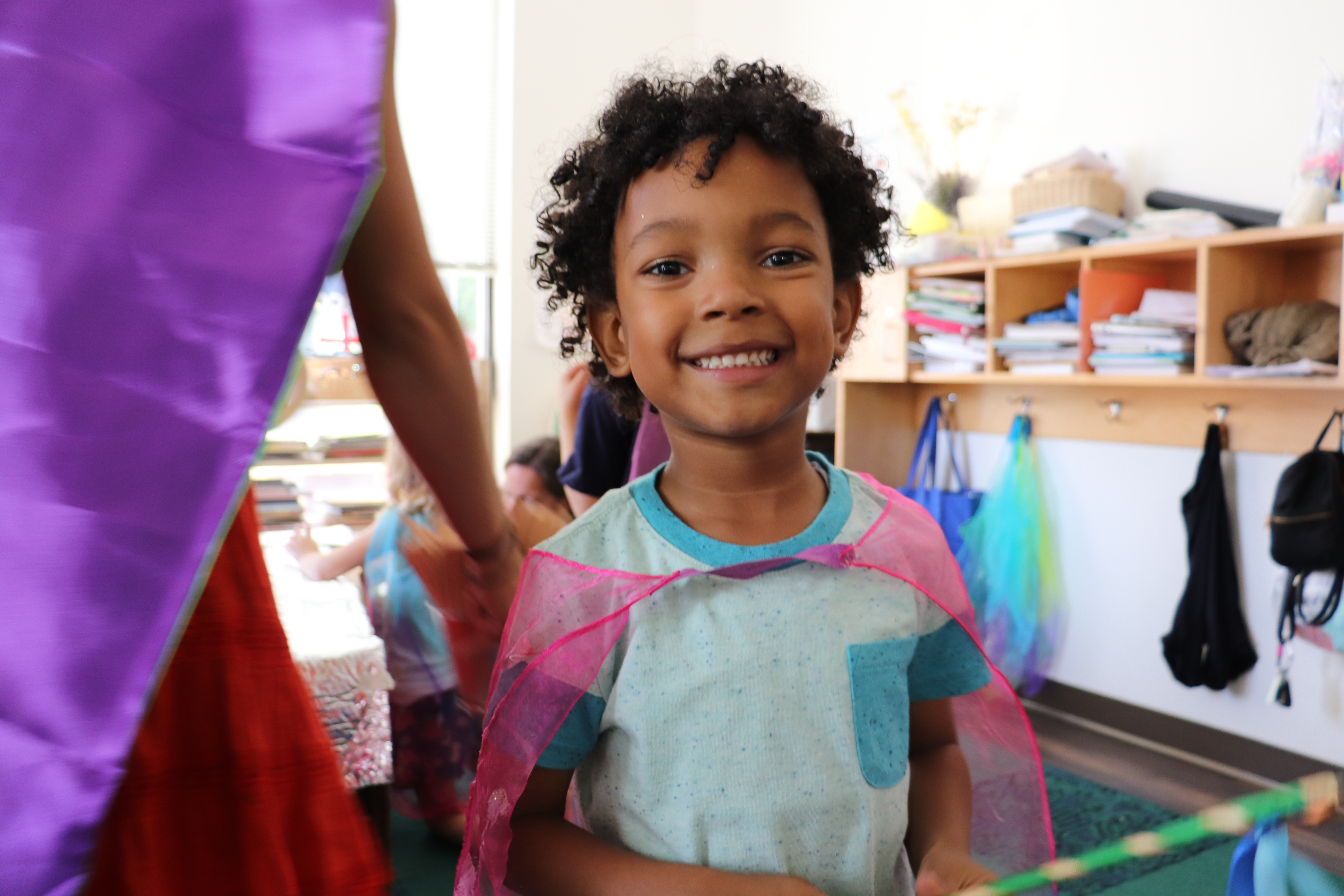
All of these activities demonstrate how teachers are integrating social emotional learning into their curriculum. This is happening all day, every day. When I go to sit in on a class, I hear teachers modeling language that empowers students to advocate for themselves and to care for others. I notice teachers asking students how they feel physically when certain emotions take over. This way they can learn how to regulate their emotions. And I hear students helping each other learn about themselves and how to interact with one another. For example, in a 3-4 classroom, I overheard a 4-year-old student say (somewhat knowingly) to a younger student, “When you’re older, you’ll know better how to share.”
While schools used to focus solely on academics and measure success in school placement and graduation rates, abundant research has demonstrated the value of social emotional learning. And in fact, a strong foundation allows for deeper academic learning to occur and so is a critical component of a whole-child education. Last year, the Aspen Institute published an extensive report entitled “From A Nation At Risk to A Nation at Hope.” In the study, leading researchers agreed that cognitive capacities are intertwined with social and emotional capacities. The study confirms what we knew: good teaching means focusing not just on academic achievement but on what it means to be human.
At this age (and, truly, at all ages), supporting students as they learn how to advocate for themselves, how to reach out to a friend in need, and how to understand their feelings, is important work. While in the past, it has been viewed as secondary to the “real” learning of reading and math, we now know that social emotional learning creates a crucial foundation upon which students can grow and blossom. It is amazing to see the growth that has already occurred for all of our students in the last several weeks. I can’t wait to see what comes next!
Take care,
Heather, Head of School
P.s. To read the full report by the Aspen Institute, click here.

